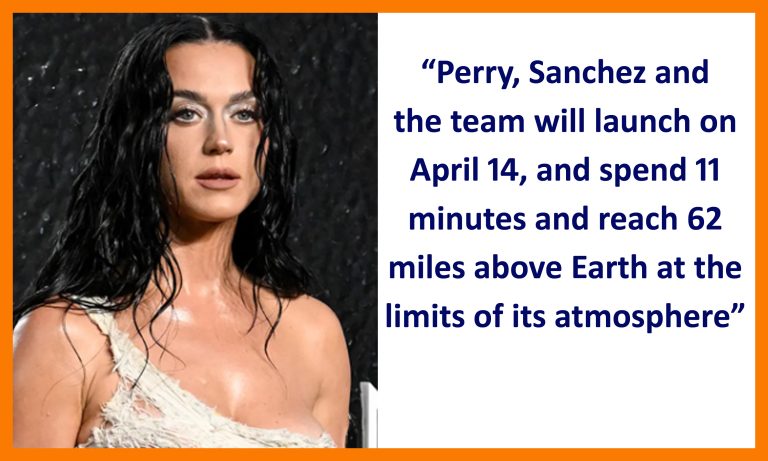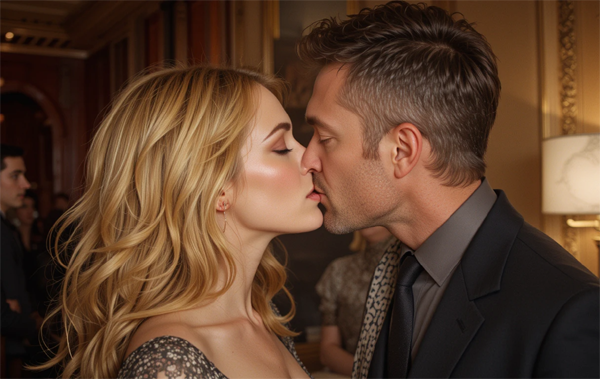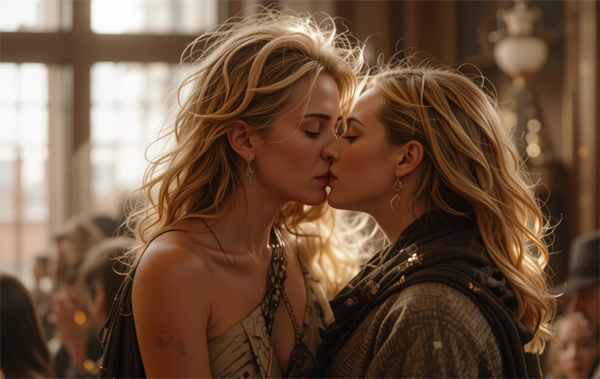From Austen to Ali Hazelwood: How Romance Novels Have Evolved Over the Years
Romance novels have endured for centuries—adapting with shifting societal norms, technologies, and reader expectations. From the subtle courtships of Jane Austen’s 19th-century England to the bold, STEM‑driven love stories of Ali Hazelwood in the early 2020s, the genre has undergone profound transformation. Let’s journey through that evolution: origins in Regency England, the rise of bodice‑rippers, modern inclusivity and erotica, and finally the phenomenon of abuse‑free STEM romance epitomized by Hazelwood.
1. Regency Beginnings: Jane Austen and the Novel of Manners
Although Jane Austen wrote in the early 1800s, her novels (like Pride and Prejudice) only became classified as romance retrospectively. Her emphasis on wit, propriety, and emotional nuance influenced the later “Regency romance” subgenre—most notably through Georgette Heyer in the 20th century
Regency romances are defined by their stylistic conventions: intelligent dialogue, social propriety, and very little explicit sexual content. They draw heavily from Austen’s world—a world of balls, propriety, and subtle emotional tension .
2. The Rise of the Modern Romance Novel: 1970s and the “Bodice Ripper”
The modern romance boom began in the 1970s with Kathleen E. Woodiwiss’s The Flame and the Flower (1972)—a game‑changer. Published directly as a mass‑market paperback, it brought explicit sensuality and sweeping historical plots to women’s fiction in a bold new way
This era introduced the “bodice ripper”—brooding heroes, helpless heroines, exotic settings, and frank portrayals of intimacy. Avon’s publishing success demonstrated a hunger for passionate love stories, leading to millions in sales and spawning an entire industry of erotic historical romance
3. Post‑WWII and Contemporary Romance: Reflecting Social Change
After World War II, contemporary romance rose in prominence, reflecting social transformations—especially evolving roles of women. Earlier heroines often quit work when they married, whereas post‑1970s romance protagonists maintained careers alongside romantic arcs
Contemporary romance became the dominant subgenre, reflecting varying settings—small towns, workplaces, urban life—and a wide range of tropes. It blurred the line with women’s fiction, focusing on realistic characters and more nuanced themes than earlier historical types .
4. Cover Art & Visual Evolution
Covers evolved dramatically too: WWII-era covers resembled movie posters; 1960s–’70s saw “clinch covers” with passionate couples; 1980s–’90s featured Fabio-style shirtless heroes; subsequent decades moved toward suggestive single objects or graphic design; more recently, bold illustrations and inclusive visuals dominate, mirroring broader representation in the genre TIME.
5. The Boom of Fan Fiction & Erotica: Fifty Shades & Beyond
In the early 2000s and 2010s, fan fiction played a transformative role. Fifty Shades of Grey, originally a Twilight fanfic, evolved into a sensual mainstream hit—attesting to a market hungry for explicit romance exported from fan communities
This period marked the mainstreaming of erotic romance in print and digital—what has recently been dubbed “cliterature” or “clit‑lit”—with TikTok (BookTok) helping explosive growth in the genre during the pandemic, when many readers sought escapism and empowerment through spicy, female-positive narratives
6. Inclusivity, Diversity & Social Progress
Recent years have seen romance genre diversify: LGBTQ+ stories, interracial couples, plus-size protagonists, disability representation—all filling niches historically underrepresented. Time’s 2024 “best 50 romance novels” list spans Frances Burney’s 1782 Cecilia to Ali Hazelwood’s Love, Theoretically (2023), showcasing inclusivity across identity, trope, and style.
This resurgence coincides with a rise in romance-only bookstores and record sales—circa 40 million printed romance novels sold in 2023, many propelled by TikTok’s viral reach TIME.
7. Enter Ali Hazelwood: STEMinist Romance Revolution
7.1 Background & Bestseller Status
Ali Hazelwood debuted with The Love Hypothesis (Sept 2021), a STEM-based workplace romance originally published as a Star Wars fanfic. The novel quickly climbed the NYT bestseller list, staying for over 40 weeks and selling hundreds of thousands of copies
Hazelwood has released multiple novels—Love on the Brain, Love, Theoretically, Loathe to Love You (novellas), and paranormal installments like Bride—with more slated in 2025
7.2 The “STEMinist” Identity
Hazelwood coined the term “STEMinist” for her intelligent, career-driven women protagonists working in academia or engineering. Her own background—a Ph.D. in neuroscience—lends authenticity to workplace challenges: sexism, imposter syndrome, balancing ambition and romance
Her stories emphasize that love and intellectual ambition aren’t mutually exclusive. Readers root for characters succeeding professionally while pursuing emotional fulfillment—a strong shift from earlier damsel narratives .
7.3 Trope Innovation
Often featuring classic tropes—enemies-to-lovers, fake relationships, grumpy/sunshine—Hazelwood elevates them by embedding academic tension and research stakes. In The Love Hypothesis Olive and Adam pretend to date; in Love on the Brain, Bee and Levi collaborate on a NASA project; in Love, Theoretically, Elsie and Jack navigate theoretical vs experimental physics rivalry while hunting tenure-track jobs
This framework is both escapist and substantive: readers enjoy romance, but also empathize with systemic barriers in STEM. It’s a blend of humor, romance, and insider workplace realism .
7.4 Community & Platform Influence
Hazelwood’s fan‑fic origins and viral popularity via BookTok echo earlier examples like Fifty Shades, but now with empowered heroines and consent-centric narratives. Her rise exemplifies how reader communities online can shape the romance landscape, enabling diverse subgenres to break through traditional gatekeeping .
8. Comparing Eras: Evolution Overview
| Era / Style | Time Frame | Tropes / Themes | Heroine Agency & Representation |
|---|---|---|---|
| Jane Austen / Heyer-style Regency | ~18th/19th / early 20th century | Manners, subtle dialogue, slow courtship | Polite, socially constrained, understated |
| Bodice‑ripper / historical | 1970s–1980s | Passionate historical settings, rescuing heroines, explicit intimacy | Reactive, often rescued; sexual awakening |
| Contemporary romance | Post‑1945 to present | Career women, modern settings, varied workplaces, life imbalance | Growing agency, career‑driven, independent |
| Erotic & fan‑fic inspired | 2000s–2020s | Explicit content, erotica, taboo or spicy themes | Pleasure‑focused, sexually liberated |
| STEMinist Romance (Hazelwood)* | 2021–present | STEM careers, academic settings, consent-driven arcs | Fully realized professional women; romance as partner to ambition |
9. Why This Evolution Matters
9.1 Shifting Social Norms
Romance novels mirror cultural shifts: from a world where women’s choices were limited, to a modern landscape valuing professional ambition, consent, diversity, and sexual autonomy.
9.2 Reader Empowerment and Representation
Hazelwood’s emphasis on women in traditionally male-dominated fields offers empowerment. This, alongside diverse representation in contemporary romance, signals a healthier, more inclusive genre.
9.3 New Platforms, New Gatekeepers
BookTok, online writing communities, and empowered reader feedback now shape publishing, reducing reliance on traditional gatekeepers. Fan fiction pipelines like Hazelwood’s story highlight bottom-up impacts on the industry
10. Challenges & Critiques
While Hazelwood’s books have been widely praised, some critics point out limitations: heroines who vacillate between competence and emotional dependence; male leads with trope-heavy superiority; and cover art style shifts debated by fans .
Still, many readers celebrate emotional authenticity, witty banter, and genre activism rooted in female ambition and agency.
11. Looking Ahead: What the Future Holds
- More Subgenre Blending: Expect romance integrating fantasy (romantasy), sci-fi, thrillers, psychological realism—and more STEM futures.
- Greater Diversity: Intersectional stories featuring multilingual characters, neurodiversity, LGBTQ+ relationships, and non‑Western cultural contexts.
- Interactive and Audio Narratives: Podcasts, serialized novel apps, live readings, virtual events—extending romance beyond print.
- Author‑reader Ecosystems: Authors directly engaging communities—live Q&A, feedback loops, collaborative storytelling.
Conclusion
From Jane Austen’s sharpened wit to Kathleen Woodiwiss’s groundbreaking passion, to Ali Hazelwood’s “STEMinist” romances: the romance genre has shifted from structured propriety through sweeping passion to modern stories celebrating autonomy, ambition, and equality. Across centuries, the throughline remains: readers seek emotional resonance, happy endings, and characters who reflect their own hopes and challenges.
Today’s romance novels are more diverse, more empowered, more reflective—and more exciting than ever.
Let me know if you’d like a shorter summary, a tailored outline, or even excerpts and quotes from some of these novels!















